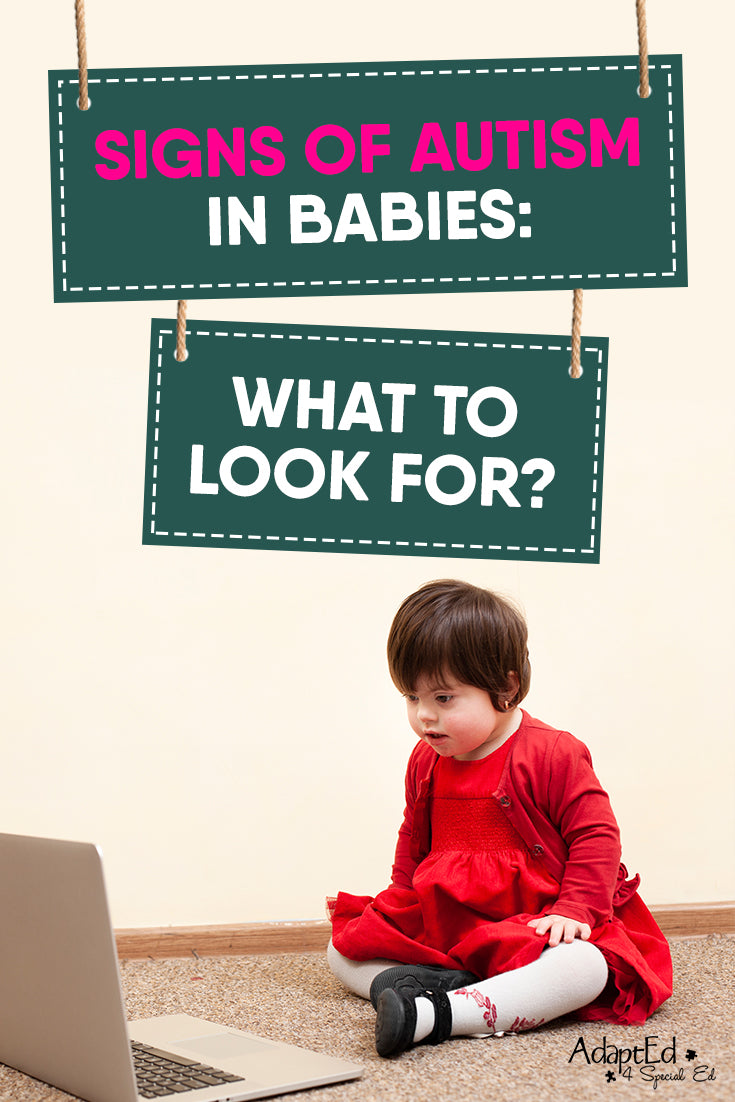Are you a parent or special education teacher? If so, have you ever asked yourself: "What are the signs of autism in babies?"
Perhaps you know a few things to look out for already. If you do spot something, how do you know whether it's a red flag for early autism?
According to the Centers for Disease Control and Prevention (CDC), autism spectrum disorder (ASD) is identified in about 1 in 54 children. This developmental disability is reported in all societal groups, though it's four times more common in boys. A recent study found that around 1 in 6 children between 3-17 years had received a developmental disability diagnosis, including ASD.
Do you want to detect ASD early enough to help a child develop more fully? You should consider learning the early signs of autism in a baby.
We'll cover the early indicators, the missed milestones, and what you should do. Read on!
Autism in Babies
The National Institute of Mental Health (NIH) defines autism spectrum disorder (ASD) as being characterized by ongoing social problems. This includes communication and interaction difficulties. NIH also define ASD by repetitive behaviors and limited interests or activities.
Since these symptoms are typically recognized before the age of 2 years, how do we look for the signs of autism in babies? It helps to be on the lookout for anything that impedes the baby's functional abilities, whether social, educational, or other life skills.
Why is it important to identify autistic traits as soon after birth as possible? The earlier you can help the development of your child, the better the outcome. Since ASD causes delays in basic-development, a special-learning approach is needed to improve these impairments.
Some infants may only have mild problems from ASD, while others will be affected to a larger degree. Areas affected include verbal and non-verbal communication. A child with ASD finds it hard to relate to others, as well as the external world around them.
Babies with autism also find it difficult to be flexible with their thoughts and behaviors.
Early Indicators
What are early signs of autism in a baby?
Social and emotional problems might be some of the first things you see as a parent. If you spot something that points to autism, it's important not to freak out. Developmental speed varies between children, but you should always speak out to your pediatrician when your baby is behind.
On the other hand, if you adopt a casual response and ignore alarm bells, you lose valuable time to steer your baby's development the right way. If you have concerns, then your baby should be evaluated for autism, so a tailored approach to development can be adopted.
Trust your instincts. Remember, there is nothing wrong with scheduling a second appointment or seeking a second opinion from a specialist.
Regression in any area is one of the prominent signals of autism. With ASD, a reversal of communication skills can typically occur between ages 1-2 years. A child could withdraw from talking or interacting, so be on the lookout if developmental progress starts reversing.
Autism is difficult to diagnose before the age of 2 years, even though symptoms have usually appeared before that age. Targeted treatment before the age of 2 can help to reverse the effects of autism on the brain because development is at such an early stage.
Here are some things to keep an eye out for in your baby:
- Doesn't follow or use gestures to communication
- No cries or noises to seek attention
- Lack of eye contact when someone tries to interact with them
- Doesn't seek or respond to physical contact like cuddles
- Lack of group playing and sharing
- No attempts to mirror expressions or movements
- Unresponsive to their name or a familiar voice
- Lacks empathy if you are distressed
Missed Milestones
Many of the physical signs of autism in babies can be signs of other conditions or an isolated quirk. A pattern of several early indicators strongly suggests autism, but there is a more effective strategy for successfully identifying ASD.
Educating yourself on the key developmental milestones for the early stages of childhood helps you spot the absence of these markers. By comparing the cognitive level of your baby to one of a similar age, gaps will quickly become apparent.
Here are some more clues that your child may have ASD:
- An odd pitch or rhythm to speech
- Words and phrases repeated outside of communication
- Repeating questions instead of providing answers
- Incorrect use of language and misunderstanding communication
- Literal interpretations and missing undertones of speech
- Mismatched facial expression while speaking
- Failure to read the expression and gestures of others
- Unusual response to sensory experiences
- Clumsy or strange movements and postures
What to Do
Parents are often best able to notice behavioral quirks, and pediatrician visits are often short. If you raise concerns and feel like they are being written off too easily, ask for a referral to a developmental pediatrician. When you attend the appointment, ask lots of questions so that you fully understand how autism may be affecting your child.
The early signs of autism in babies may be upsetting, but you don't have to wait for a developmental pediatrician to make developmental suggestions. While you are waiting for appointments, you can supplement your baby's treatment goals at home.
If your baby is missing their verbal milestones, you can encourage their development with core vocabulary words. Augmentative and alternative communication (AAC) gives non-verbal children a voice and helps them acquire basic-language skills. Non-verbal autism can be helped with educational resources that cover the most frequently used words of communication.
Signs of Autism in Babies
We've shown that the signs of autism in babies are easy to overlook or dismiss. Don't lose your opportunity to rewire an autistic brain while it's still young.
If you're the parent of a child that you think might have special education (SPED) needs, we can help. We meet the unique needs of special-learners with hands-on resources shipped straight to your door. We offer adapted books, task bins, social narratives, core words, and interactive digital lessons.
Explore hybrid learning designed by SPED experts.



